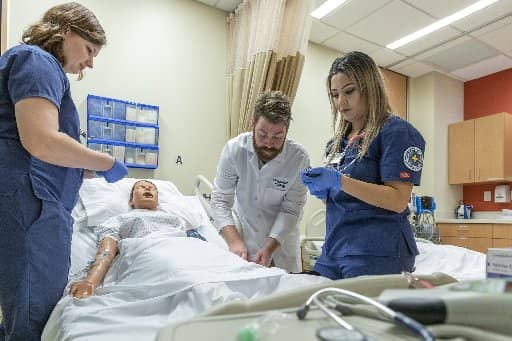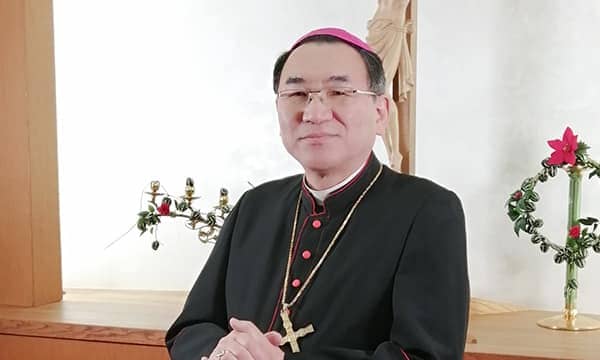Here’s a quick pop-quiz for all those who pride themselves on their command of either Vaticanology or global affairs: What do Albania, Sri Lanka, and Bosnia-Herzegovina have in common?
A. All are places Pope Francis either has traveled or will travel shortly
B. All represent the global “periphery,” in that they tend to be ignored by major centers of power except when they’re a problem
C. All are places where a long-running violent internal conflict has recently been resolved
D. All of the above
If you answered “D,” award yourself a gold star.
Pope Francis will make a quick day trip to Sarajevo, the capital of Bosnia-Herzegovina, on Saturday, marking his eighth international trip.
Although he’ll be on the ground less than 12 hours, it’s a symbolically rich outing to a place synonymous with ethnic and religious hatred in the early 1990s, when Sarajevo was the object of the longest siege of a capital city in the history of modern warfare.
The 1992-1995 Bosnian War was one of the most shocking conflicts of the post-Cold War era. A country seen for centuries as a model for inter-religious harmony, where Muslims, Orthodox, and Catholics lived side by side, exploded into sectarian bloodshed, reintroducing concepts such as “ethnic cleansing” and “humanitarian intervention” into popular consciousness.
During the almost four-year siege of Sarajevo, somewhere around 15,000 people are believed to have died, more than a third of them civilians. An additional 56,000 people were wounded, including an estimated 15,000 children.
The conflict ended with the 1995 Dayton Agreement that sanctioned the division of the country into two entities: the Republika Srpska, dominated by the Serbian Orthodox, and the Federation of Bosnia and Herzegovina, now largely under the control of Bosnian Muslims.
Ironically, the most vocal criticism of the agreement has come from Francis’ own flock, meaning the Croat Catholic minority.
In an interview with the National Catholic Reporter two years ago, Auxiliary Bishop Pero Sudar of Sarajevo said that because the Serbs and the Muslims have their own territories but the Catholics don’t, “the common perception today is that there’s room in the country only for two peoples, not for three.”
Yet whatever its flaws, the agreement has largely succeeded in keeping the peace for twenty years.
Pope Francis clearly wants to stand in Sarajevo and applaud the Bosnians for showing the world that turning swords into plowshares isn’t just a lofty bit of Biblical poetry, but an achievable aim in the world of realpolitik.
That was the same reason Francis chose to make a similar day trip to Tirana, the capital of Albania, in September 2014, lauding the country for the path it’s taken after the collapse of a Communist regime under Enver Hoxha in 1991.
Rather than collapsing into fratricide, Francis said, Albania instead has become “a unique country where peaceful coexistence and collaboration exist among Muslims, Catholics, Orthodox Christians, and people of no faith at all.”
It’s also why the pontiff chose to begin his second trip to Asia this past January with a stop in Sri Lanka, a country that had been ripped apart by an almost thirty-year civil war fueled by religious and ethnic tensions between a Sinhalese Hindu majority and a largely Muslim Tamil minority.
There, too, peace has largely held since the war drew to a close in 2009. On the eve of Francis’ arrival, Sri Lankans elected a reformer president in Maithripala Sirisena preaching reconciliation, unity, and healing from the wounds of the war.
Popes often communicate as much with their gestures as they do with their words, and there’s no more logistically complicated or high-profile gesture a pope can deliver than the choice of where to travel.
Francis seems to be using his trips to deliver a simple message: Peace is possible – and if you don’t believe it, look where I’m standing.
That’s almost certainly the same reason Francis chose to add a stop in Cuba on his way to the United States in September, as a reminder that the two nations recently found a way to move beyond their Cold War tensions.
That breakthrough, of course, was thanks in no small measure to the pontiff’s personal intervention.
In addition to visiting places where peace has already arrived, Francis also seems determined to visit places where a conflict is still underway, apparently hoping that his presence will galvanize momentum towards peace.
That was part of the logic for his May 2014 visit to Israel and the Palestinian Territories, followed by his unprecedented peace prayer with the Israeli and Palestinian presidents in the Vatican gardens a month later.
It was also why he went to South Korea in August 2014, backing the unification of the two Koreas, and it’s why he’s planning on visiting the Central African Republic in December during his first swing through Africa later this year.
Beyond the emphasis on peace, Pope Francis repeatedly has called on the Catholic Church to reach out to people on the margins, meaning both geographical and existential peripheries, and his movements also clearly reflect that aim.
By the time Francis makes his first state visit to a major Western nation, which will be his September outing to the United States, he will have been to Asia twice, Latin America twice, the Middle East twice, and Eastern Europe twice.
(His day trip to Strasbourg last November doesn’t count, because technically that was a visit to the European Parliament rather than to France.)
It’s as if Francis is saying to the global powers-that-be that, for once, they’re going to have to wait their turn.
If you want to understand this pope’s priorities, in other words, you don’t have to consult his senior aides or his media gurus. All you really need to do is sit down with his travel agent.













